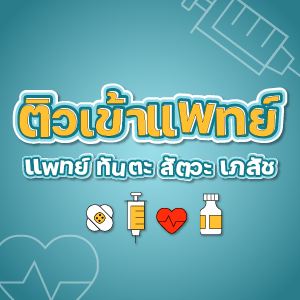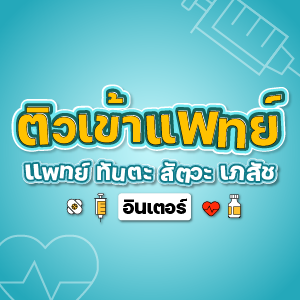Amoxil: Your Guide to this Essential Antibiotic
Amoxil, a widely recognised name in the world of antibiotics, is crucial for combating a range of bacterial infections. If you or someone you know has been prescribed Amoxil, you’re likely seeking comprehensive information about its uses, benefits, and any potential side effects. This guide aims to provide expert insights and reliable information to help you understand Amoxil better.
What is Amoxil?
Amoxil is the brand name for amoxicillin, a penicillin-type antibiotic that treats various bacterial infections by stopping the growth of bacteria. It is commonly used to treat conditions such as pneumonia, bronchitis, and infections of the ear, nose, throat, skin, and urinary tract. It’s important to note that Amoxil is ineffective against viral infections like the common cold or flu.
How Does Amoxil Work?
Amoxil works by inhibiting the formation of bacterial cell walls, which are essential for their survival. By interfering with the cell wall synthesis, Amoxil effectively kills the bacteria or stops their growth, allowing the body’s immune system to eliminate the infection. This mechanism of action makes it a powerful tool in fighting bacterial infections.
Indications for Use
- Respiratory tract infections
- Ear infections (otitis media)
- Sinusitis
- Skin infections
- Urinary tract infections
- Gonorrhoea
Amoxil is often the first line of treatment for these conditions due to its effectiveness and relatively mild side effect profile. However, always consult with a healthcare professional to ensure it’s the right medication for your specific condition.
Recommended Dosages and Administration
The dosage of Amoxil varies based on the type and severity of the infection, as well as the patient’s age and weight. Here are some general guidelines, but always follow your doctor’s instructions:
| Condition | Adult Dosage | Paediatric Dosage |
|---|---|---|
| Respiratory Tract Infections | 500 mg every 8 hours | 20-40 mg/kg/day in divided doses every 8 hours |
| Ear Infections | 500 mg every 12 hours | 25 mg/kg/day in divided doses every 12 hours |
| Skin Infections | 250-500 mg every 8 hours | 20-40 mg/kg/day in divided doses every 8 hours |
Amoxil can be taken with or without food. It’s crucial to complete the entire prescribed course, even if symptoms improve before finishing the medication. Skipping doses or not completing the treatment can lead to antibiotic resistance.
Possible Side Effects
Like all medications, Amoxil can cause side effects. Most are mild and temporary, but some can be serious. Common side effects include:
- Nausea
- Diarrhoea
- Rash
Seek immediate medical attention if you experience severe side effects such as:
- Severe allergic reactions (hives, difficulty breathing, swelling of the face or throat)
- Severe diarrhoea (watery or bloody stools)
- Yellowing of the skin or eyes
Always discuss any side effects with your healthcare provider to determine the best course of action.
Expert Comments
Dr. Emily Carter, a leading infectious disease specialist, states, “Amoxil is a trusted antibiotic for treating various bacterial infections. Its efficacy and safety profile make it a staple in medical practice, but it’s imperative to use it judiciously to prevent antibiotic resistance.”
Pharmacist John Stevens adds, “When taking Amoxil, patients should be aware of potential interactions with other medications. Always inform your healthcare provider about all the drugs you’re taking to avoid adverse interactions.”
Where to Purchase Amoxil
If you’re looking to purchase Amoxil, it’s essential to obtain it from a reputable source. Visit our website for reliable and professional service.
For further information, consult resources like the NHS or the British National Formulary (BNF), which provide comprehensive drug information and guidelines.


















